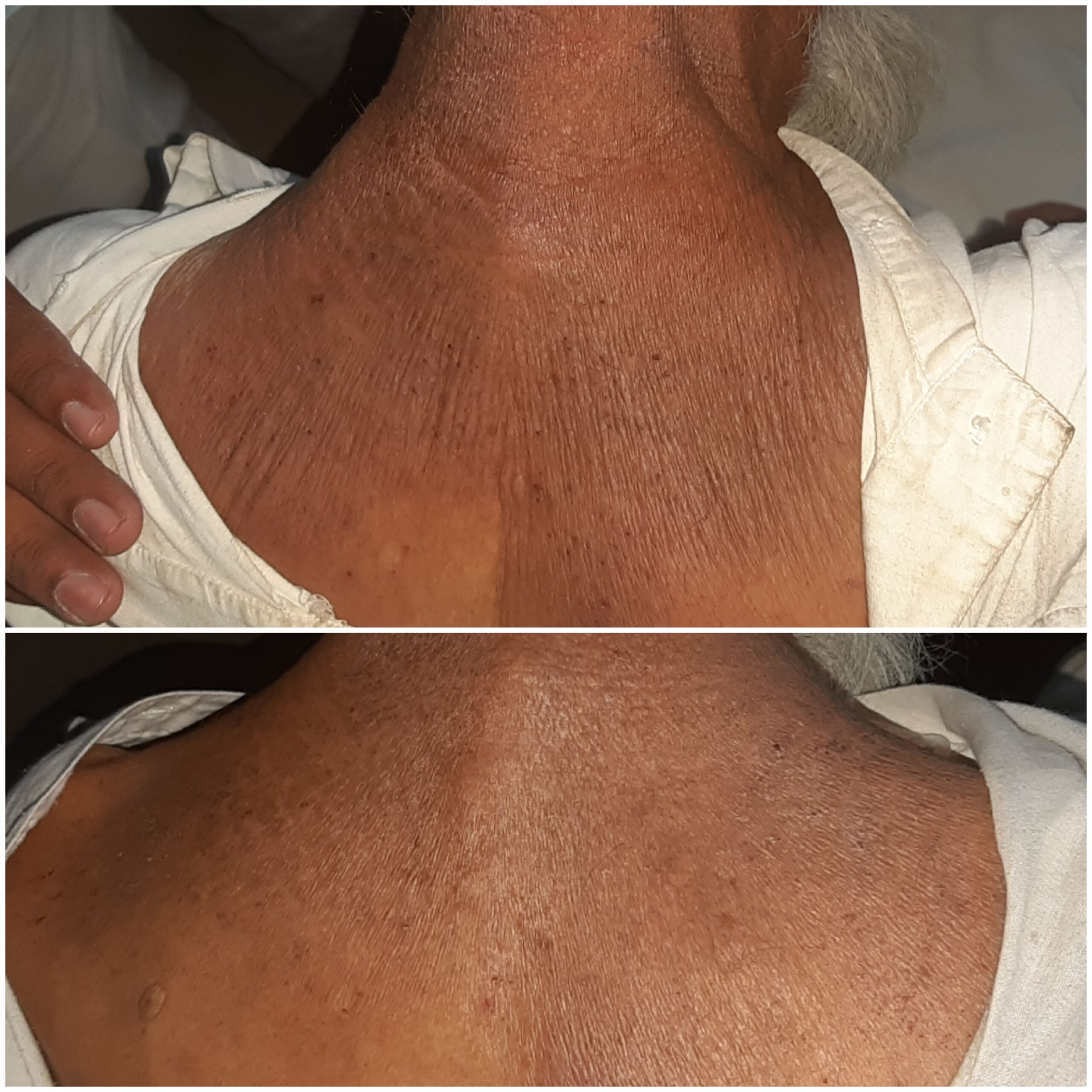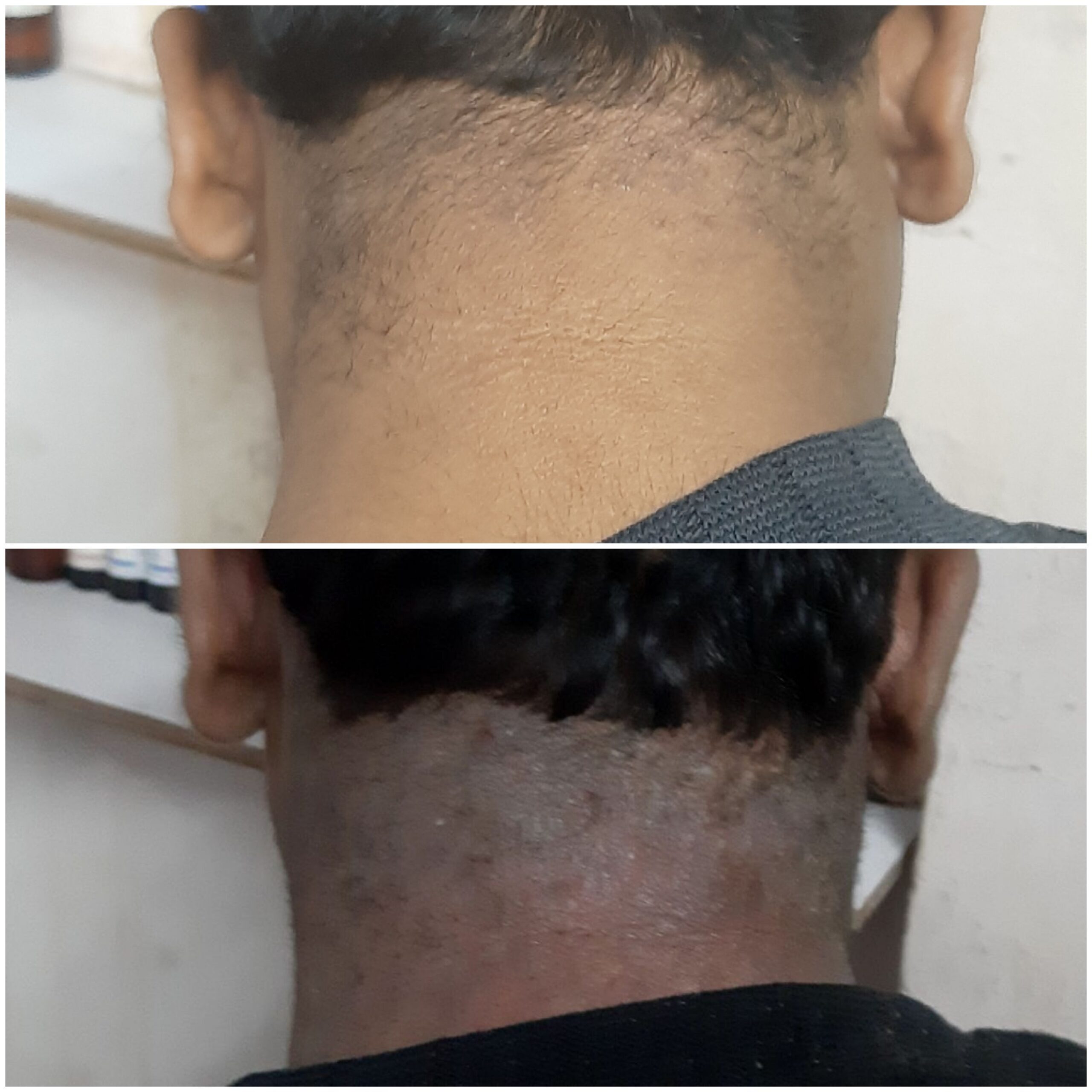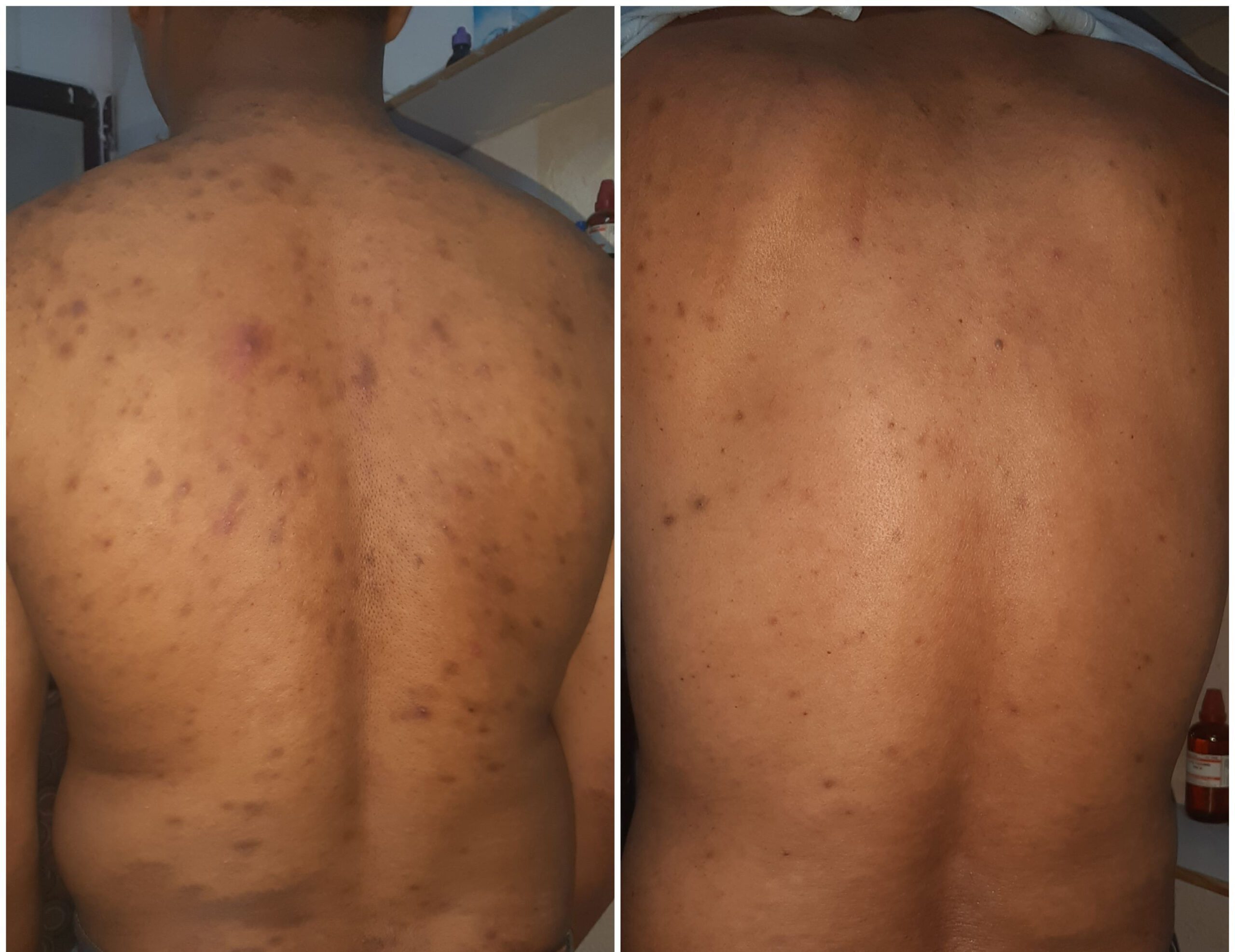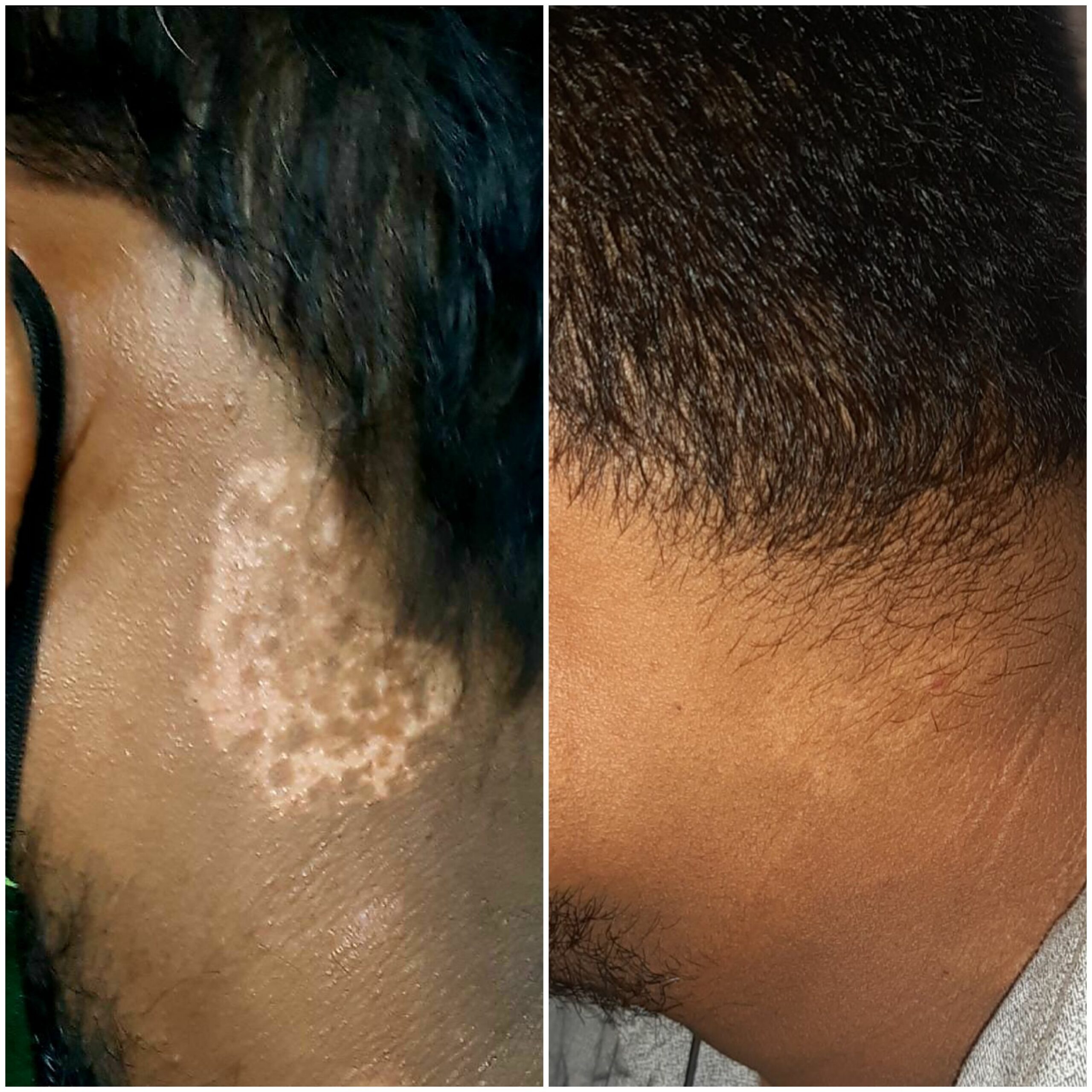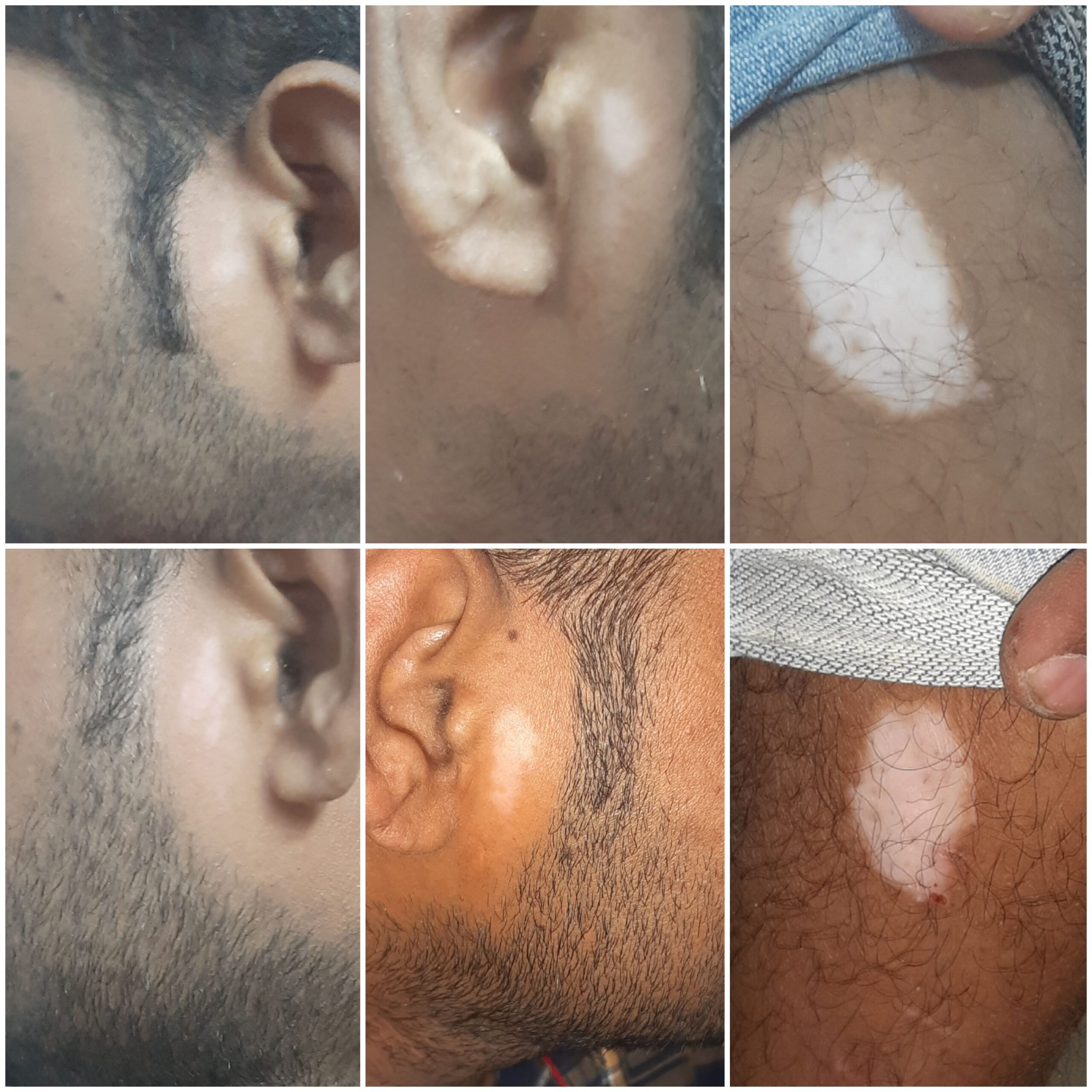In today’s fast-paced world, it’s easy to overlook the importance of consistent skincare routines. However, dedicating time each week to caring for your skin can make a world of difference in its health and appearance. One simple yet effective way to enhance your weekly skincare routine is by incorporating DIY face masks.
DIY face masks offer a multitude of benefits beyond just pampering your skin. They provide nourishment, hydration, and targeted treatment for specific skin concerns, all while allowing for customization to suit your unique needs. Additionally, they are cost-effective and can be made with simple ingredients found in your kitchen.
In this article, we’ll explore the numerous benefits of DIY face masks and provide guidance on selecting the right ingredients for your skin type and concerns. Let’s dive in and discover how these homemade treatments can elevate your skincare routine to the next level.
Benefits of DIY Face Masks
- Nourishment and Hydration for the Skin: DIY face masks offer a rich source of nutrients and hydration that can deeply penetrate the skin, leaving it soft, supple, and revitalized. Ingredients like honey, avocado, and yogurt are known for their moisturizing properties, helping to replenish lost moisture and restore the skin’s natural balance.
- Targeted Treatment for Specific Skin Concerns: One of the greatest advantages of DIY face masks is their ability to address specific skin concerns. Whether you’re dealing with acne, dryness, or dullness, there’s a homemade mask recipe tailored to your needs. Ingredients like clay, tea tree oil, and turmeric can help combat acne, while oats, coconut oil, and vitamin C can brighten and rejuvenate the complexion.
- Cost-Effectiveness and Customization Options: DIY face masks are not only budget-friendly but also offer endless customization options. By utilizing ingredients readily available in your kitchen or pantry, you can create effective skincare treatments without breaking the bank. Plus, you have the flexibility to adjust the ingredients and proportions to suit your preferences and skin type.
- Relaxation and Self-Care Benefits: Incorporating DIY face masks into your skincare routine isn’t just about improving your skin; it’s also about taking time for self-care and relaxation. The process of mixing and applying the mask can be therapeutic, allowing you to unwind and destress after a long day. Treat yourself to a DIY spa experience at home and indulge in some well-deserved pampering.
Choosing the Right Ingredients
- Understanding Skin Types and Concerns: Before diving into DIY face masks, it’s essential to understand your skin type and specific concerns. Whether you have oily, dry, sensitive, or combination skin, there are ingredients suited to address your needs. Consider factors such as hydration levels, acne-prone areas, and sensitivities when selecting ingredients for your masks.
- Identifying Suitable Ingredients for DIY Face Masks: Once you’ve assessed your skin type and concerns, you can choose ingredients that target those issues effectively. For example, if you have oily skin, opt for ingredients like clay or witch hazel to help absorb excess oil and unclog pores. Conversely, if you have dry skin, look for hydrating ingredients such as honey or avocado oil to nourish and moisturize.
- Potential Allergens or Irritants to Avoid: While DIY face masks can be beneficial, it’s essential to be mindful of potential allergens or irritants that may cause adverse reactions. Some common allergens include citrus fruits, cinnamon, and essential oils. Perform a patch test before applying any new ingredient to your face and discontinue use if you experience any irritation or discomfort.
5 DIY Face Mask Recipes
Recipe 1: Hydrating Avocado and Honey Mask
- Ingredients: Mashed avocado, raw honey
- Benefits: Provides deep hydration, nourishment, and antioxidants to the skin, leaving it soft and radiant.
Recipe 2: Brightening Turmeric and Yogurt Mask
- Ingredients: Turmeric powder, plain yogurt, honey (optional)
- Benefits: Helps to even out skin tone, reduce inflammation, and promote a healthy glow, ideal for dull or uneven complexion.
Recipe 3: Soothing Oatmeal and Aloe Vera Mask
- Ingredients: Ground oatmeal, aloe vera gel, honey (optional)
- Benefits: Calms irritated skin, reduces redness, and provides gentle exfoliation, perfect for sensitive or sunburned skin.
Recipe 4: Exfoliating Papaya and Pineapple Enzyme Mask
- Ingredients: Mashed papaya, mashed pineapple, honey (optional)
- Benefits: Contains natural enzymes that gently exfoliate dead skin cells, revealing smoother, brighter skin, suitable for all skin types.
Recipe 5: Detoxifying Bentonite Clay and Apple Cider Vinegar Mask
- Ingredients: Bentonite clay, apple cider vinegar, water (optional)
- Benefits: Draws out impurities and toxins from the skin, unclogs pores, and balances oil production, recommended for oily or acne-prone skin.
Application and Usage Tips
- Preparing and Applying DIY Face Masks: Start by cleansing your face to remove any makeup or impurities. Then, mix the ingredients for your chosen mask in a clean bowl until well combined. Apply the mask evenly to your face, avoiding the delicate eye area, and leave it on for the recommended time.
- Recommended Frequency of Use: The frequency of using DIY face masks depends on your skin type and the ingredients used. As a general rule, aim to use a face mask 1-2 times per week to avoid over-exfoliation and maintain balanced skin.
- How to Properly Remove and Follow Up After Using Face Masks: After the recommended time has passed, gently rinse off the mask with lukewarm water and pat your skin dry with a clean towel. Follow up with your regular skincare routine, including toner, serum, and moisturizer, to lock in hydration and maximize the benefits of the mask.
Precautions and Allergen Warnings
- Patch Testing for Sensitivity or Allergic Reactions: Before applying any DIY face mask to your entire face, it’s essential to perform a patch test. Apply a small amount of the mask mixture to a small area of skin, such as the inner forearm, and wait for 24 hours to check for any adverse reactions, such as redness, itching, or irritation. If any discomfort occurs, discontinue use immediately.
- Potential Risks and Precautions for Specific Ingredients: Some ingredients commonly used in DIY face masks may cause adverse reactions in certain individuals. For example, citrus fruits like lemon or lime juice can be photosensitive and may cause skin irritation or sun sensitivity. Additionally, essential oils can be potent and may cause allergic reactions in sensitive individuals. It’s essential to research the potential risks associated with each ingredient and use them cautiously, especially if you have sensitive skin or existing skin conditions.
- Consulting with a Dermatologist for Personalized Advice: If you have any concerns about using DIY face masks or if you have specific skin conditions, it’s advisable to consult with a dermatologist or skincare professional. They can provide personalized advice tailored to your skin type, concerns, and medical history, ensuring that you choose ingredients and products that are safe and effective for your skin.
Conclusion
Incorporating DIY face masks into your weekly skincare routine can provide numerous benefits, from nourishing and hydrating the skin to targeting specific concerns like dullness or acne. By exploring different recipes and experimenting with natural ingredients, you can customize your skincare routine and enjoy the therapeutic benefits of self-care.
Remember to prioritize safety and be mindful of potential allergens or irritants when creating and using DIY face masks. Patch testing is a simple yet crucial step to ensure that your skin tolerates the ingredients well. Additionally, don’t hesitate to seek professional advice if you have any concerns or questions about incorporating DIY skincare into your routine.
Ultimately, skincare is not only about achieving healthy, glowing skin but also about nurturing yourself and practicing self-love. Embrace the journey of self-discovery and self-care, and enjoy the radiant results that come from taking care of your skin from the inside out.


